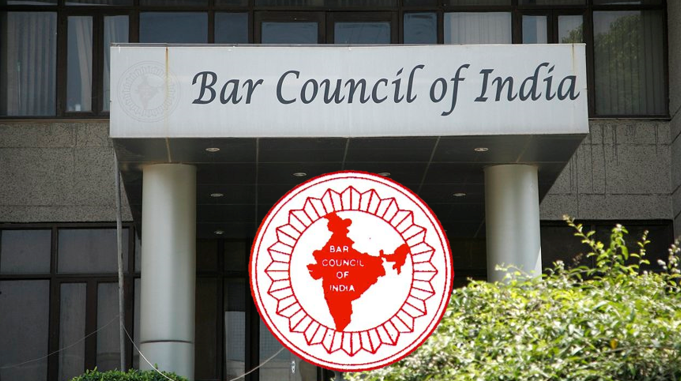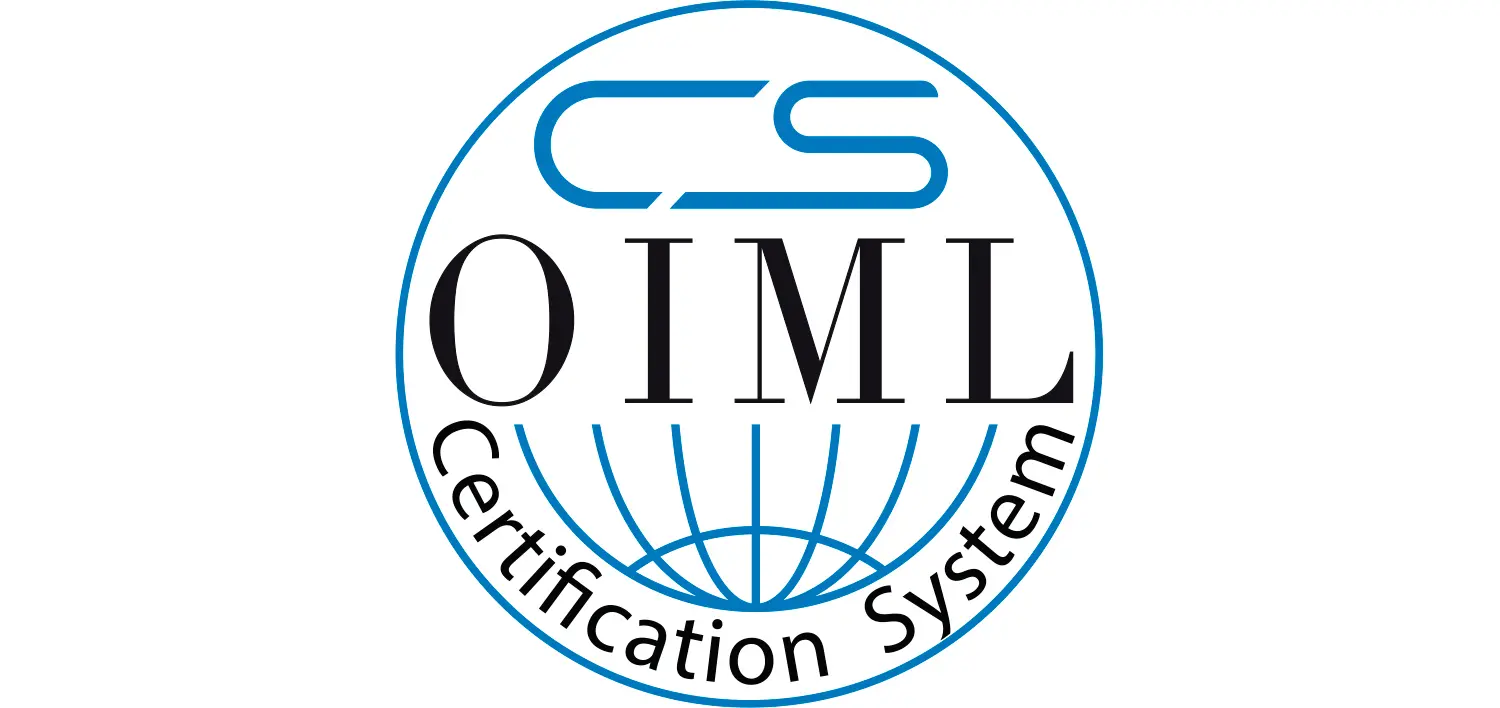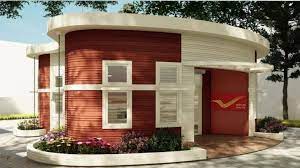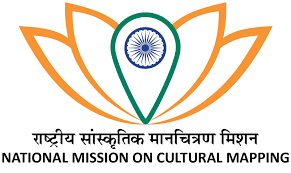UPSC
|
17 November 2021 09:57:02
STARS Project
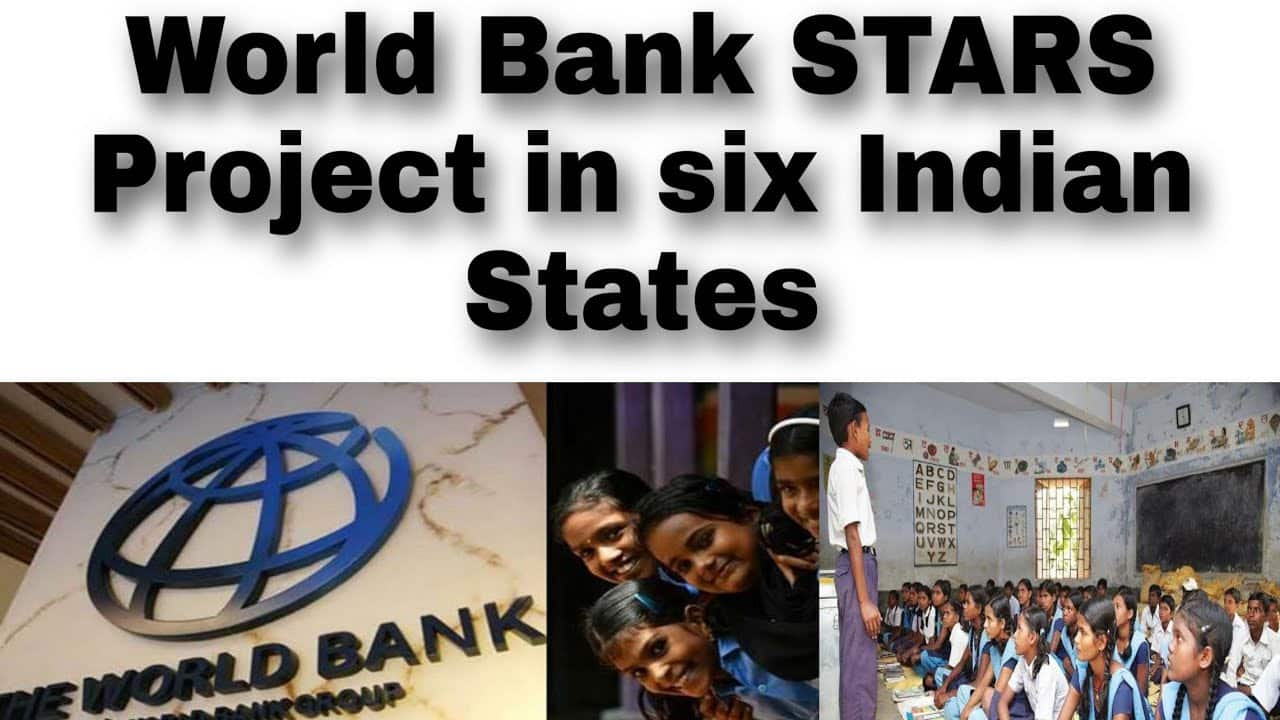
The Union Cabinet chaired by Prime Minister Modi has approved the implementation of STARS project with a total project cost of Rs 5718 crore with the financial support of World Bank amounting to the US $ 500 million.
Key Highlights:
1- The project would be implemented under the Department of School Education and Literacy, Ministry of Education (MoE).
2- The project will cover six major states-- Himachal Pradesh, Rajasthan, Maharashtra, Madhya Pradesh, Kerala and Odisha.
3- The STARS project also aims at focussing on initiatives of PM e-Vidya, Foundational Literacy and Numeracy Mission and National Curricular and Pedagogical Framework for Early Childhood Care and Education as part of the Atmanirbhar Bharat Abhiyan.
4- The cabinet has also approved setting up of an independent and autonomous institution (PARAKH) under the Department of School Education and Literacy, MoE.
5- A project similar to STARS will be funded by ADB-- Gujarat, Tamil Nadu, Uttarakhand, Jharkhand and Assam.
Background
On June 24, the World Bank has approved $500 million STARS program to improve the quality and governance of school education in six Indian states through Samagra Shiksha. This program will benefit around 250 million students of the age group 6-17 years in 1.5 million schools and more than 10 million teachers.
What is STARS program?
Strengthening Teaching-Learning and Results for States Program (STARS) will help in improving assessment systems, facilitating school-to-work transition, strengthening classroom instruction and remediation, decentralizing management and strengthening the governance. It will also support India's goal 'Education for All'. For this vision, the World Bank has earlier assisted with more than $3 billion.
The program will be carried out in six Indian states-- Himachal Pradesh, Kerala, Madhya Pradesh, Maharashtra, Odisha and Rajasthan.
How STARS is beneficial for India?
STARS will support India's vision 'Education for All' through a series of initiatives that are listed below:
1- Customised local-level Solutions: The STARS project will focus on direct delivery of education services at the state, district and sub-district levels by providing enhanced customised local-level solutions in improving schools.
2- Address specific demands: STARS will address demands from stakeholders and parents, for providing better quality education.
3- Attention to students from vulnerable sections: The program will give special attention to students from vulnerable sections. As per reports, more than 52% of children in the state-run schools in the six listed states are from vulnerable sections-- SC (Scheduled Caste), ST (Scheduled Tribe) and other minority communities.
4- Changing job trend: The STARS program will help the students in keeping up with the rapidly changing needs of the job markets.
5- Equipping teachers: In the technology-driven era, the program will also equip the teachers to achieve a better learning outcome as they are playing a vital role in providing quality education. The program will carry out needs-based training for teachers.
6- Investment in India's human capital: The program will also invest in India's human capital program by strengthening foundational learning for the students of Classes 1 to 3 and further preparing them with cognitive, socio-behavioural and language skills to meet future labour market needs.
In addition to these, the program will also focus on the SDG 4 (Sustainable Development Goal) for education and will help in producing an enhanced data on learning levels by improving the National Achievement Survey (NAS). The STARS will also assist India in participating in the PISA (Programme for International Student Assessment).
What are the challenges with the project?
The STARS project fails to address basic capacity issues such as vacancies across the education system. It must be noted that without a capable and motivated faculty, the education system cannot be improved. This can only be done by educating teachers and making them familiar with technology through training.
The World Bank has ignored the decentralization of decision making by ignoring the devolution of funds.
Excessive use of Information and Communications Technology worsens the challenges rather than simplifying them. It can only be fruitful if the pre-conditions are fulfilled.
What is PISA?
The Programme for International Student Assessment or PISA is an International level study program by OECD (Organisation for Economic Co-operation and Development). The PISA measures the ability of 15-year-old students to use their reading, mathematics and science knowledge and skills to meet the challenges in real-life.
What is SDG?
The Sustainable Development Goal or SDG aims at meeting the needs of the current generation without compromising the needs of future generations. This includes-- economic growth, social inclusion and environmental protection.
What is OECD?
The Organisation for Economic Co-operation and Development or OECD is an intergovernmental economic organisation, founded to stimulate economic progress and world trade. The organization was founded in 1961 and is headquartered in Paris, France. It currently has 36 member countries. India is not a member nation as it is not a developed nation but is a key economic partner with OECD.
What is NAS?
The National Achievement Survey or NAS is a research program under NCERT (National Council of Educational Research and Training) and is supported by the Ministry of Human Resource Development (MHRD). On November 13, 2017, the program was carried out pan India for Classes 3,5 and 8 in government and government-funded schools. The survey was carried out to understand the effectiveness of the school system in India based on student learning. This was the largest assessment survey in India and is amongst the largest in the world.
What is Samagra Shiksha?
Samagra Shiksha is an integrated program for extending school education from pre-school to Class 12 to ensure inclusive and equitable quality education. It includes three schemes-- Sarva Shiksha Abhiyan (SSA), Rashtriya Madhyamik Shiksha Abhiyan (RMSA) and Teacher Education (TE). Emphasis is laid on two T's-- Teacher and Technology.

